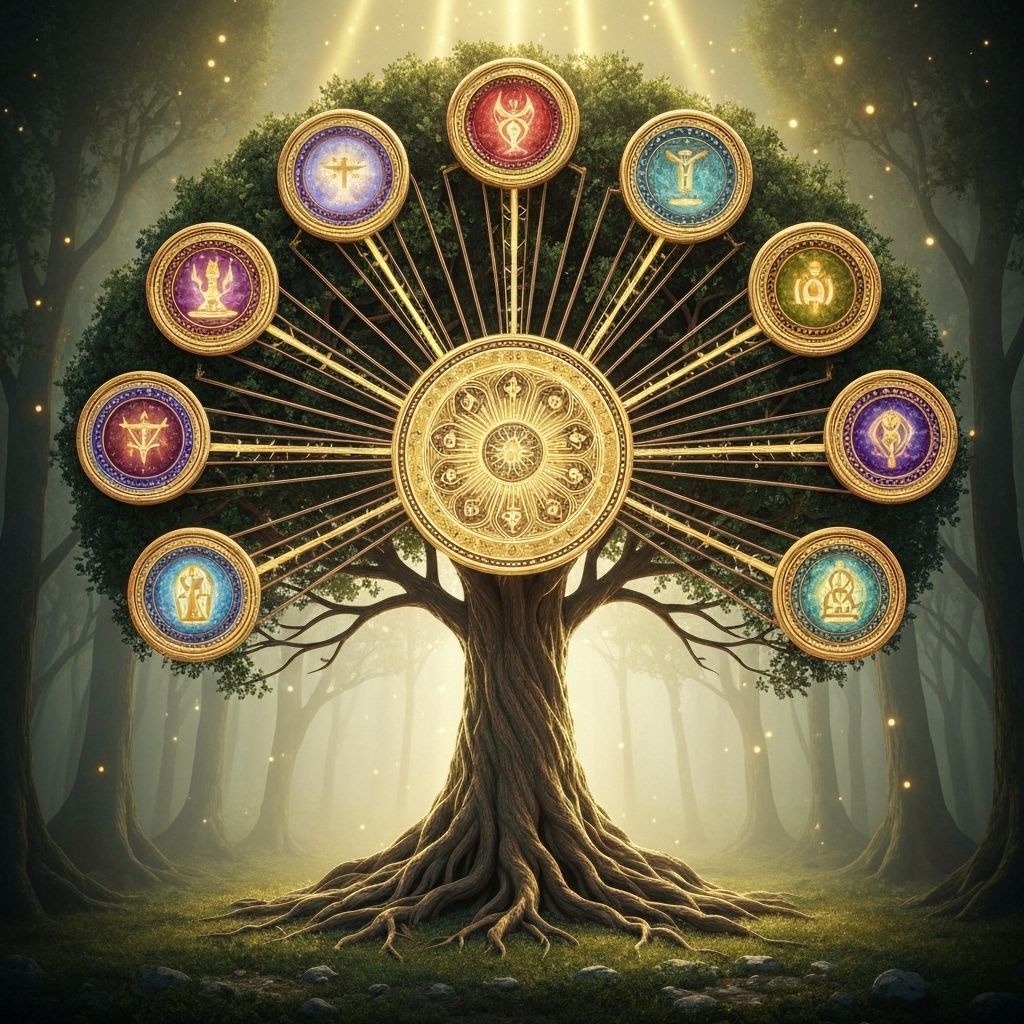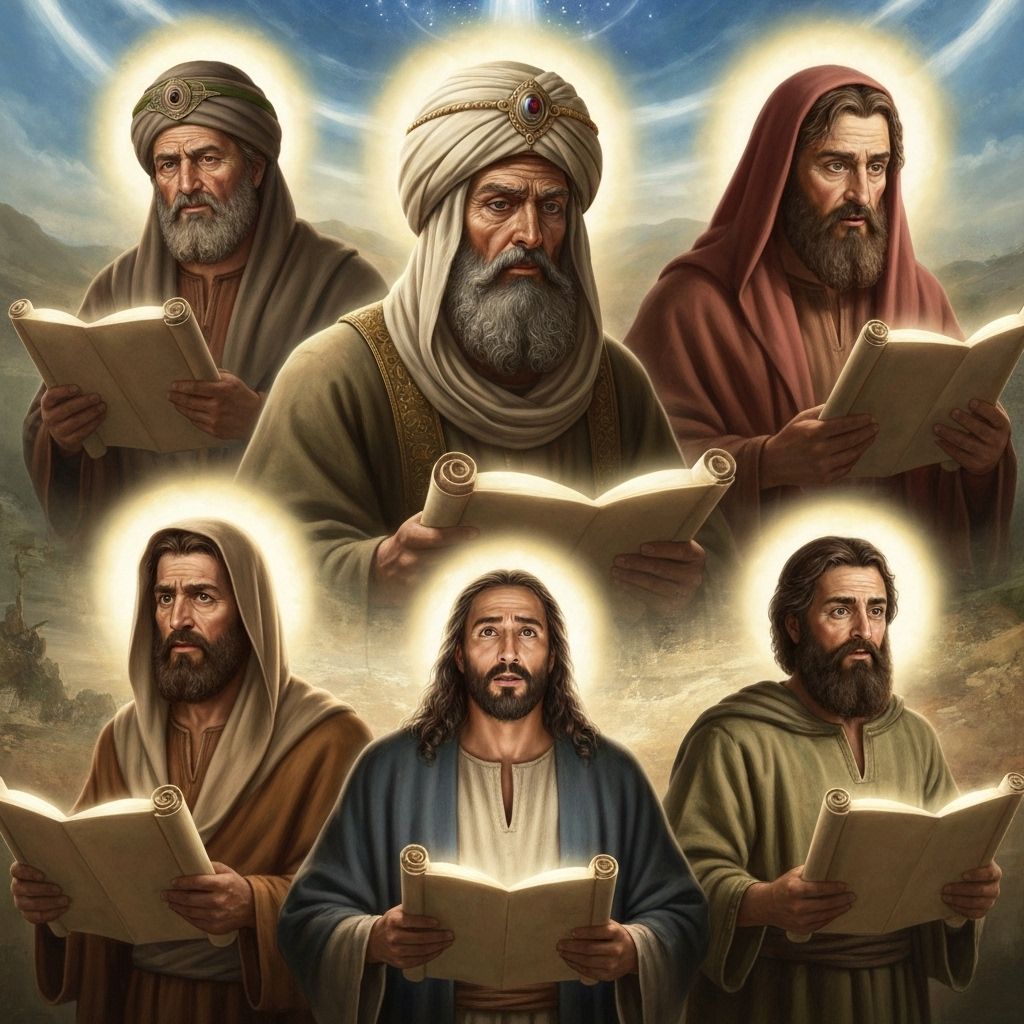3-Minute Summary
The Words of the Torah Explained with Help from Rashi and Ramban
Rashi (1040-1105) was a medieval French rabbi whose commentary on the Torah and Talmud is considered essential reading. His explanations focus on the plain meaning of the text and are known for their clarity and accessibility.
Ramban (1194-1270) was a Spanish rabbi, physician, and philosopher who provided deeper mystical and philosophical insights into the Torah, often building upon Rashi's work while adding his own profound interpretations.
Parashat Lech-Lecha opens with one of the most momentous calls in human history. At age 75, Abram receives a divine command that will change everything: 'Lech-lecha'—go forth. This isn't just a geographical journey but a spiritual transformation that will make Abram the father of monotheism and the ancestor of three great faiths. The Hebrew phrase 'lech-lecha' literally means 'go to yourself' or 'go for yourself,' suggesting that this journey is both external and internal—Abram must leave his familiar world to discover his true self and divine purpose.
The three-part command—leave your land, your birthplace, and your father's house—represents increasing levels of separation and difficulty. Leaving one's land means abandoning familiar geography and culture. Leaving one's birthplace means cutting ties with childhood memories and local identity. Leaving one's father's house means breaking from family tradition and inherited worldview. Each level requires greater courage and trust, teaching us that spiritual growth often demands progressive detachment from limiting attachments.
Hashem's promise to Abram contains seven blessings that will shape the destiny of his descendants: 'I will make you a great nation, I will bless you, I will make your name great, you will be a blessing, I will bless those who bless you, I will curse those who curse you, and all families of the earth will be blessed through you.' These promises establish Abram's mission as universal—not just for his own benefit but for the blessing of all humanity.
Abram's journey to Canaan represents the first major test of his faith. When he arrives, he finds the land inhabited by Canaanites, yet he builds an altar and calls on Hashem's name, demonstrating his commitment to worship despite the challenges. This teaches us that faith isn't about perfect circumstances but about maintaining spiritual connection even in difficult environments.
The famine that drives Abram and Sarai to Egypt introduces themes of survival, trust, and divine protection. Abram's fear that the Egyptians will kill him to take his beautiful wife leads to a questionable decision—asking Sarai to say she's his sister. While technically true (she was his half-sister), this deception puts Sarai in danger and raises questions about the limits of faith versus pragmatism.
Hashem's intervention in Egypt demonstrates divine protection even when human choices are imperfect. The plagues that strike Pharaoh's household force him to return Sarai to Abram and send them away with wealth. This episode shows that Hashem works through human weakness and that divine promises remain valid even when we make mistakes in trying to fulfill them.
The separation of Abram and Lot reveals the tension between family loyalty and practical necessity. Their flocks are too large to coexist in the same area, forcing a difficult choice. Abram's generous offer to let Lot choose first demonstrates his commitment to peace over personal gain, while Lot's choice of the well-watered Jordan plain shows his attraction to material prosperity over spiritual values.
The war between the four kings and the five kings represents the first military conflict mentioned in the Torah. When Lot is captured, Abram immediately assembles a rescue mission, demonstrating that family loyalty transcends past disagreements. His victory over the superior forces shows that Hashem supports those who act for righteous purposes, even in military contexts.
Melchizedek, the king of Salem and priest of Hashem, appears mysteriously to bless Abram after his victory. This enigmatic figure represents the universal recognition of divine authority and suggests that even before the formal establishment of the Jewish people, there were righteous individuals who served Hashem among the nations.
Abram's refusal to accept spoils from the king of Sodom demonstrates his integrity and independence. He wants no one to say that the king of Sodom made Abram rich—his wealth must come from Hashem alone. This principle of maintaining spiritual purity in material success becomes a model for all future generations.
The parsha concludes with Hashem's covenant with Abram, promising him descendants as numerous as the stars and confirming that his descendants will inherit the land of Canaan. This divine promise provides the foundation for the Jewish people's connection to the land of Israel and establishes Abram's role as the father of the chosen people.
Lech-Lecha teaches us about the nature of faith, the courage required for spiritual growth, and the way divine promises unfold through human choices and circumstances. Abram's journey becomes a template for all spiritual seekers—leaving comfort zones, trusting in divine guidance, and maintaining integrity even when facing difficult choices and uncertain outcomes.








